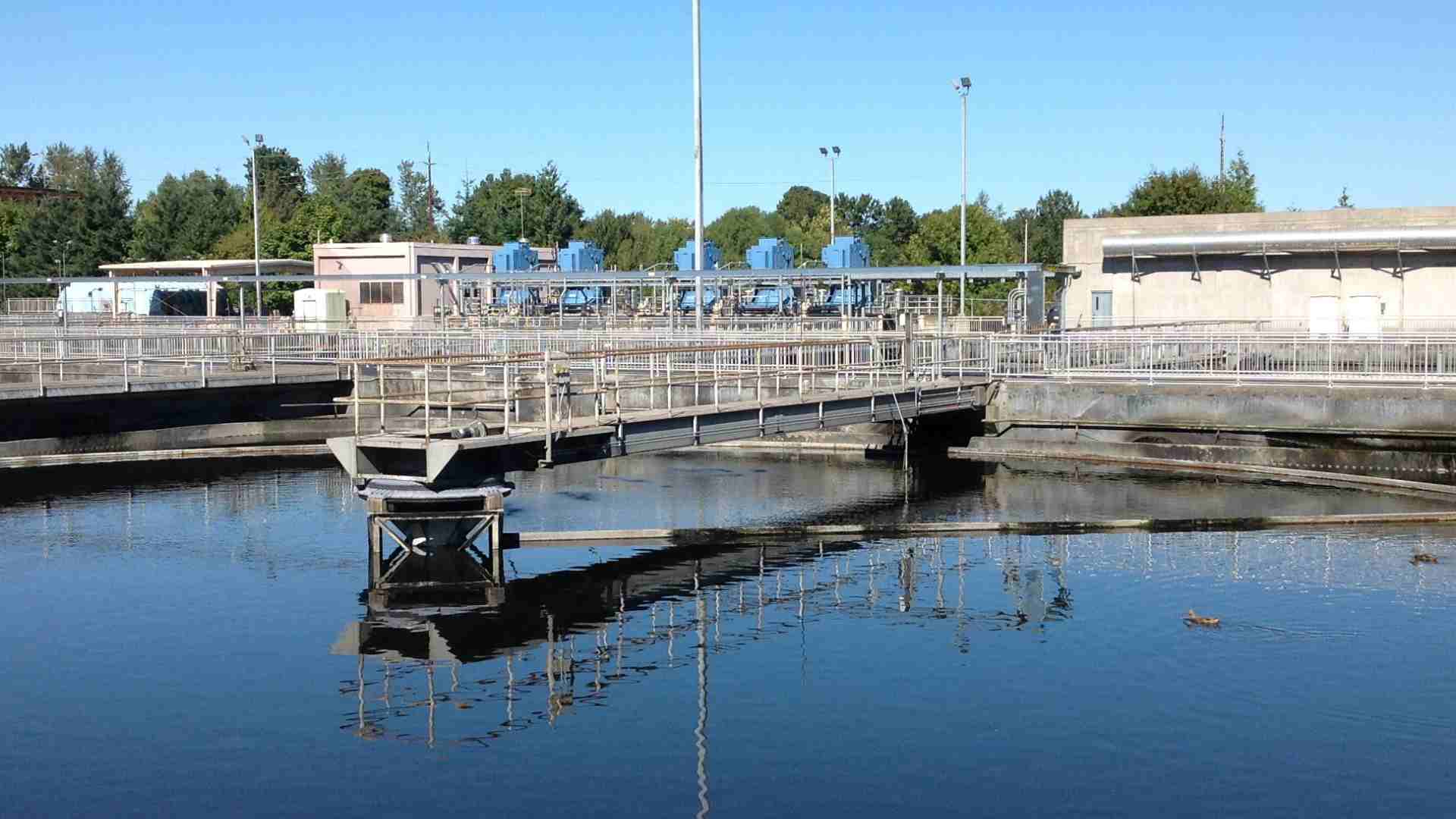In urban planning and infrastructure development, how can municipalities ensure their wastewater systems are efficient and resilient in the face of growing challenges like climate change and population growth? Designing resilient wastewater systems requires a comprehensive approach integrating innovative technologies, sustainable practices, and proactive planning.
For instance, engineering firms like Stiver Engineering exemplify this approach by integrating robust risk assessments and innovative technologies into their designs, ensuring wastewater systems can endure and adapt effectively to various challenges. This proactive strategy enhances operational reliability and supports environmental stewardship and community well-being.
Understanding the Need for Resilience
Why is resilience crucial in wastewater system design?
Resilience in wastewater systems refers to their ability to withstand and recover from adverse events like floods, storms, and population surges without compromising their functionality or environmental impact. By designing systems with resilience in mind, engineers can minimize disruptions, protect public health, and ensure long-term sustainability.
Key Elements of Resilient Wastewater Systems
1. Comprehensive Risk Assessment
Before designing any wastewater system, conducting a thorough risk assessment is essential. This involves identifying potential hazards, like natural disasters or infrastructure failures, and evaluating their potential impact on the system's operations. By understanding these risks upfront, engineers can implement appropriate mitigation measures to safeguard against disruptions.
2. Integration of Green Infrastructure
Integrating green infrastructure elements, such as vegetated swales, rain gardens, and permeable pavements, into wastewater systems can significantly enhance resilience. These natural systems help manage stormwater runoff, reduce the burden on conventional treatment facilities during heavy rain events, and improve water quality, thus promoting environmental sustainability and community resilience.
3. Adaptive Capacity and Flexibility
Designing wastewater systems with adaptive capacity allows them to adjust to changing conditions over time. This flexibility might include modular components that can be easily upgraded or expanded as population densities increase or new environmental regulations are implemented. Such adaptability ensures the system remains effective and efficient in meeting future demands.
4. Embracing Technological Innovations
Advancements in wastewater treatment technologies, such as membrane bioreactors, UV disinfection, and advanced oxidation processes, are crucial in enhancing system resilience. These innovations improve treatment efficiency, reduce energy consumption, and ensure compliance with stringent water quality standards, thereby enhancing the overall resilience and sustainability of the system.
5. Community Engagement and Education
Engaging the community in wastewater project planning and implementation phases fosters a sense of ownership and responsibility. Educating residents about proper waste disposal practices, water conservation, and the benefits of resilient infrastructure encourages behaviour that supports system sustainability. This community involvement also builds support for future infrastructure improvements and maintenance efforts.
6. Redundancy and Backup Systems
Building redundancy into critical components of wastewater systems, such as pump stations and treatment plants, ensures continuity of operations during equipment failures or maintenance activities. Backup systems, such as standby generators or alternative treatment methods, enhance system reliability and resilience against unexpected disruptions.
These redundant systems mitigate operational risks and provide peace of mind to communities and stakeholders, ensuring uninterrupted service delivery even under challenging circumstances. By preparing for contingencies, wastewater utilities can uphold service standards and maintain public trust, reinforcing their role in safeguarding environmental health and community welfare.
7. Monitoring and Early Warning Systems
Implementing real-time monitoring and early warning systems allows operators to detect potential issues, such as pipe leaks or pollutant spikes before they escalate into larger problems. This proactive approach enables prompt intervention and minimizes the risk of environmental contamination, maintaining the system's integrity and functionality.
Such monitoring systems enhance operational efficiency and support regulatory compliance by providing data-driven insights into system performance. By leveraging advanced sensors and analytics, operators can optimize resource allocation and respond swiftly to emerging challenges, ensuring continuous environmental protection and community well-being.
8. Long-Term Maintenance and Lifecycle Planning
Effective wastewater system design includes robust maintenance plans and lifecycle assessments to prolong infrastructure lifespan and optimize operational efficiency. Regular inspections, preventive maintenance, and infrastructure upgrades based on lifecycle analysis ensure continued performance and resilience, safeguarding public health and environmental quality for the long term. Engineering firms like Stiver Engineering exemplify these principles through their expertise in designing and maintaining resilient wastewater systems, integrating best practices to enhance sustainability and operational reliability.
Designing resilient wastewater systems requires a holistic approach that balances technological innovation with sustainable practices and community involvement. By integrating these best practices—from comprehensive risk assessments to embracing technological advancements and fostering community engagement—cities can build wastewater infrastructure that meets current needs and anticipates future challenges. Investing in resilient infrastructure today ensures cleaner waterways, healthier communities, and sustainable urban development tomorrow.






